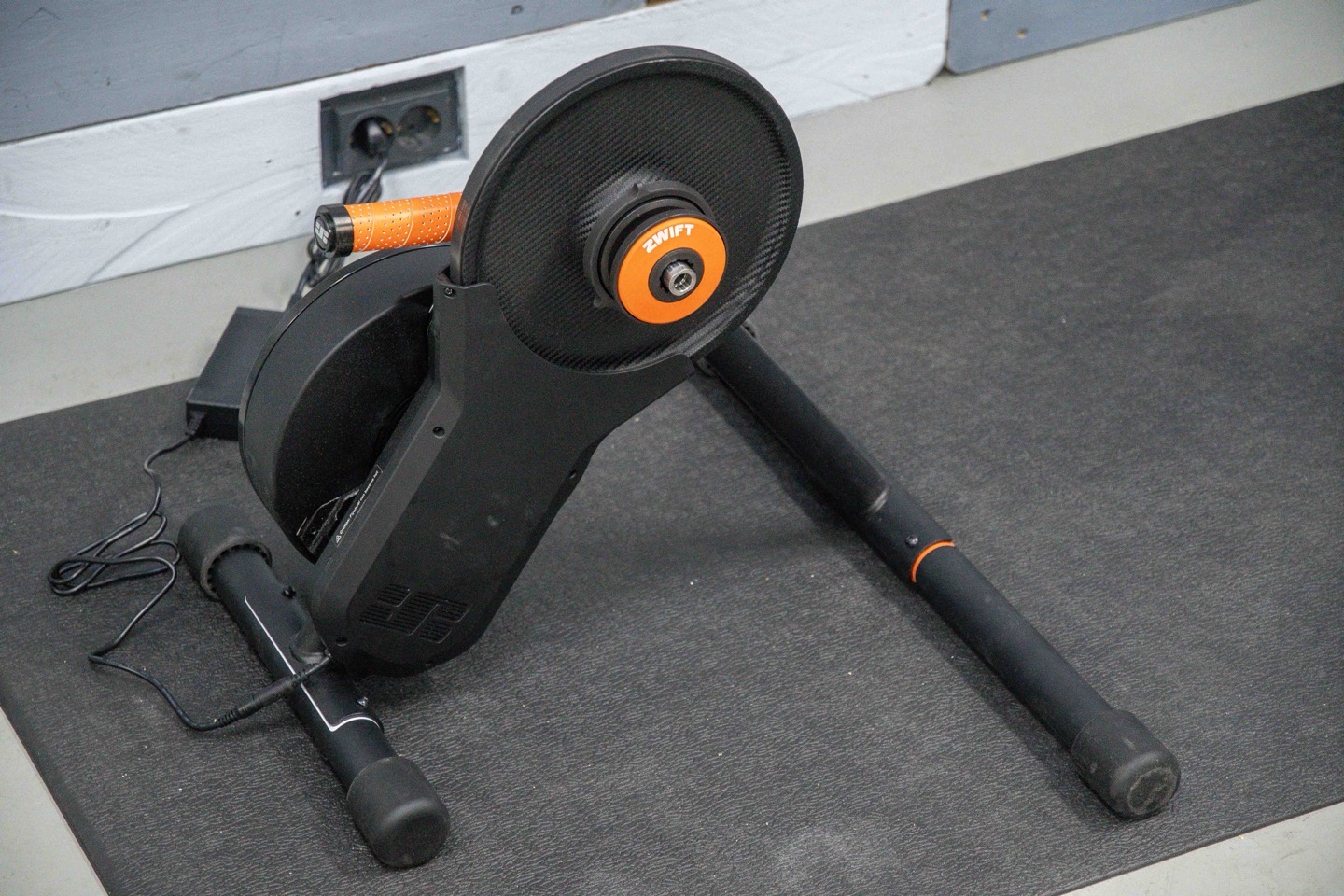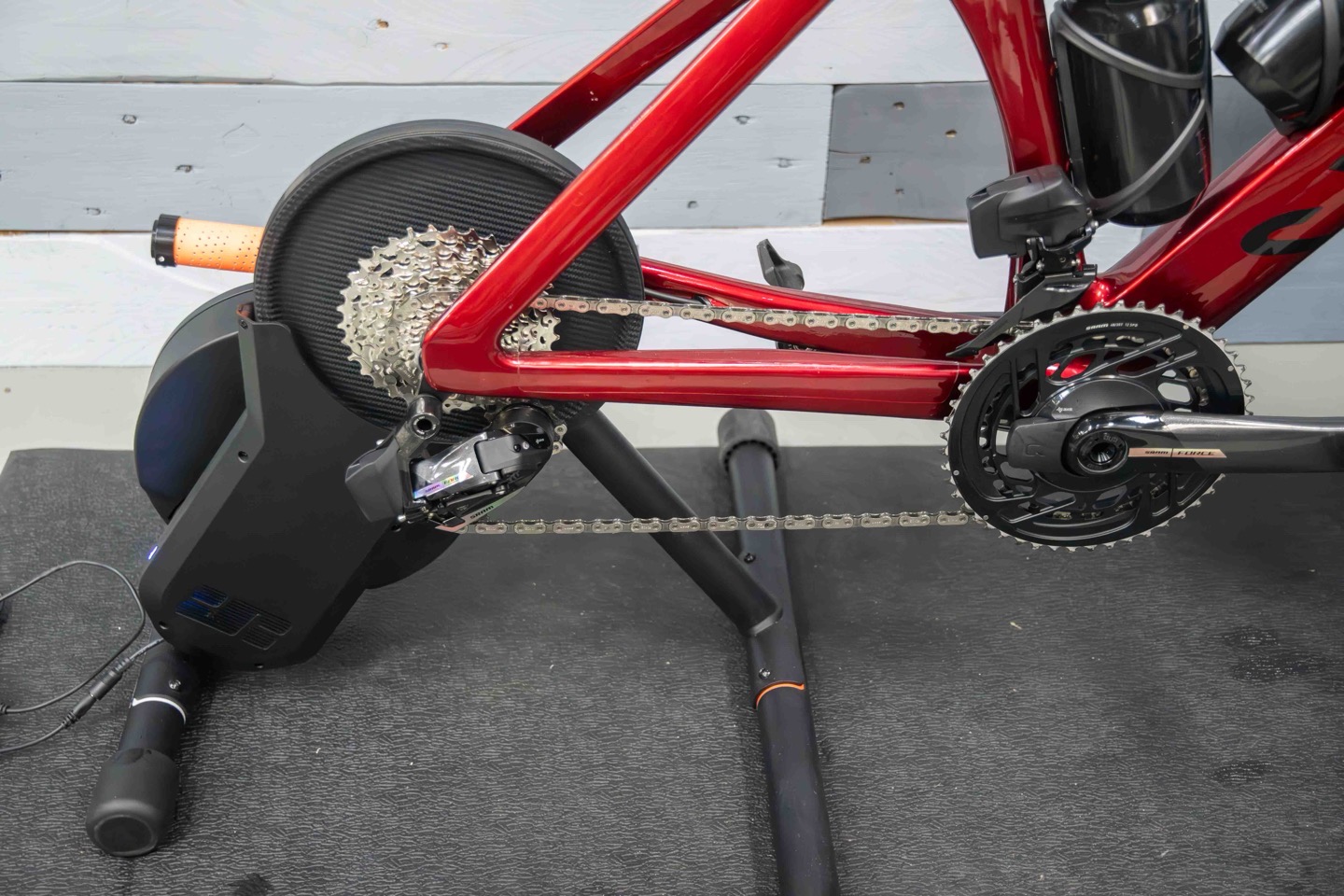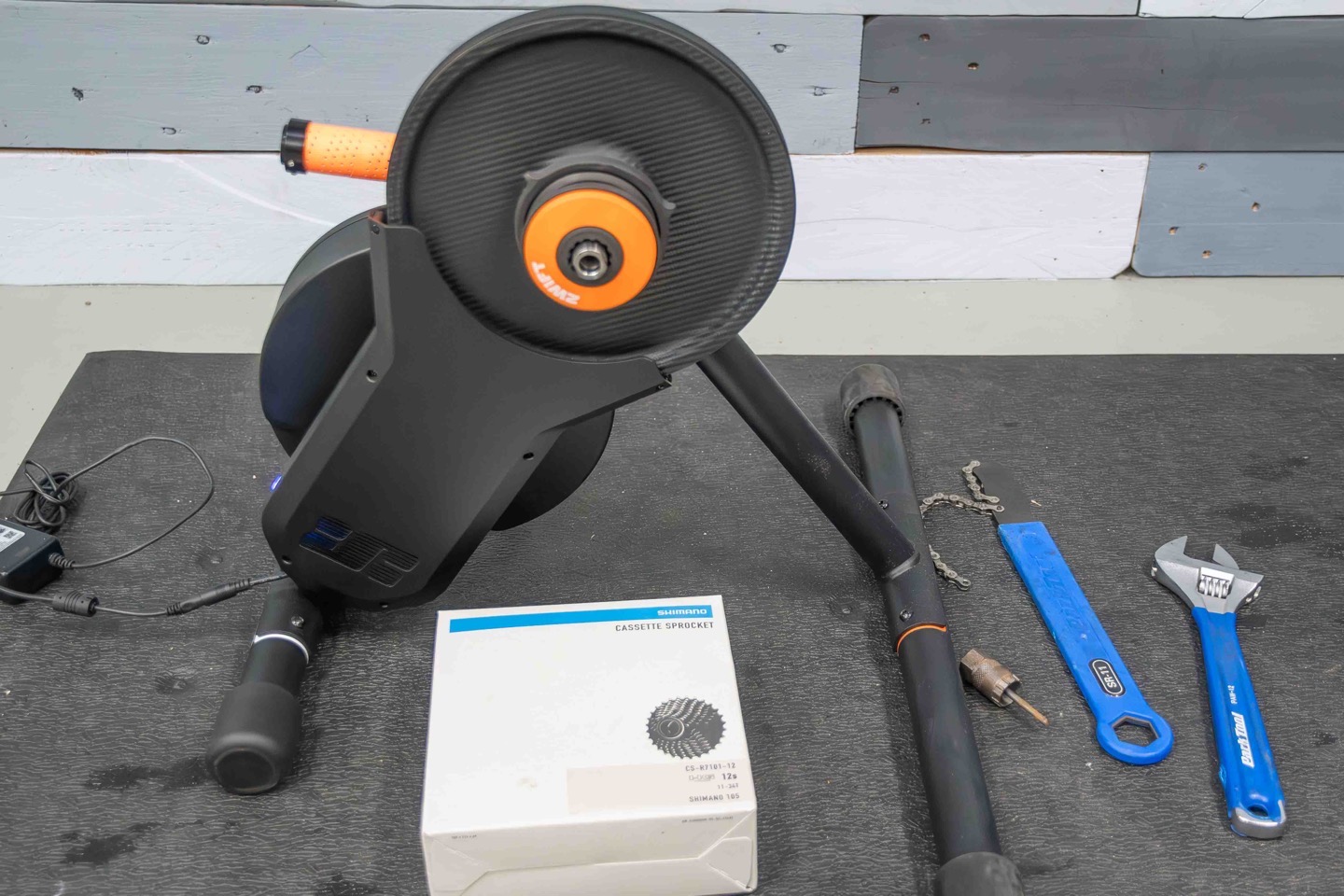JetBlack Victory $399 Smart Trainer In-Depth Review: The Best Option?
When the JetBlack Victory was announced this past summer, it sent waves through the smart trainer industry. In one shot, it pretty much knee-capped all of the existing sub-$1,000 trainers, if not most of those above it too. After all, it had everything most typical $1,000+ trainers had: WiFi, Race Mode, heart rate bridging, high accuracy claims, solid resistance specs, and more. It could even be bought with the Zwift Cog, or a standard cassette – your choice.
But as always, the proof is in the pudding. Or, in the test lab over plenty of trainer sessions. And at this point, I’ve got more than enough trainer sessions on the JetBlack to shake a stick at. Inside, outside, me, my wife, on Zwift, on TrainerRoad, on IndieVelo, on Rouvy, and plenty more. Via WiFi, Bluetooth, and ANT+. I’ve done them all.
Thus, the question is – does it earn the best trainer title? Or at least, the best bang for your buck? Let’s dig into it.
Note that JetBlack sent over a media loaner to test out. As usual, this review is not sponsored (nor does any company get to preview anything I review), and I don’t take any advertiser money from any companies I review. Once this unit goes back, I’ll go out and buy my own for any future testing needs. If you found this review useful, you can use the links at the bottom, or consider becoming a DCR Supporter, which makes the site ad-free, while also getting access to a behind-the-scenes video series. And, of course, it makes you awesome.
The Key Tech Specs & Cassette Options:

Here’s the quick and straightforward version of the specs of the JetBlack Victory. In many ways, it is somewhat similar to the previous JetBlack VOLT, except this is an entirely different beast internally (more on why in a second):
– Direct drive trainer: This means you remove your rear wheel
– Flywheel: It has a flywheel weight of 4.7kg (same as before)
– Cassette: Currently offered in Zwift Cog V2 virtual cassette, compatible with 8-12 speed bikes, though practically compatible with any bike/chain that you can physically mount on the trainer (axle-wise). Also shortly going to be offered in mechanical cassette (see details below)
– Sound: Essentially silent. Only the sound of your drivetrain is heard
– Handle: Yes, and cleverly wrapped in orange bar tape
– Protocol Compatibility: ANT+ FE-C, ANT+ Power, Bluetooth Smart Trainer Control, Bluetooth Smart Power (everything you need). However, note that while fully compatible with other apps, you can *ONLY SHIFT* with Zwift if you have the Zwift Cog. So, this will work perfectly fine in ERG mode on TrainerRoad, but you’ll be going nowhere fast on Rouvy or IndieVelo without shifting. More on that later
– WiFi: Yes, Direct Connect to all apps via WiFi
– USB Connectivity: Yes, Direct Connect via USB (except, nobody supports it today)
– Zwift Race Mode: Yes, 10 Hz
– Unique Party Trick: Can rebroadcast your heart rate sensor within a single channel, ideal for Apple TV Zwift users (who are Bluetooth channel limited)
– App Compatibility: From a protocol standpoint, anything, but from a practical standpoint, just Zwift for simulation mode due to the aforementioned shifting limitation.
– Skewer Compatibility: All the skewers and adapters you could ask for: Road 130mm, 135mm, 142x12mm, 148x12mm
– Max Incline: 16% simulated grade
– Max Wattage: 1,800 watts resistance
– Stated Accuracy: < +/-2.0%, auto-spin down calibration
– Built-in odometer: Tracks your distance via the JetBlack app, for all trainer rides
– Power Cable Required: Yes, power block compatible with 100-240v
– Pricing: $399USD, €449, £399, and $749AUD
In terms of availability, the company has been shipping units for a month or two now. But of course, they’re in hot demand. They’re producing containers each week being shipped to North America and Europe, but realistically speaking, if you (or your bike shop) hasn’t placed an order yet, you’re looking at a late December or beyond date for your trainer. Obviously, orders placed earlier are arriving weekly.
In terms of cassette options, you’ve got essentially two core options:
Option 1 (default): The included Zwift Cog (V2). Shifting while on this cassette only works with Zwift, though ERG mode works with any application/trainer.
Option 2 (coming soon): Mechanical cog. The company will be offering a standard mechanical cog instead, for the same price.
The key thing here to understand is the trainer itself is *FULLY* compatible with all of the standards that all platforms users. Thus while it does support Zwift’s proprietary Zwift Protocol (ZP) for virtual shifting, it also supports ANT+ FE-C & Bluetooth FTMS.
But for initially shipping units, those are equipped with Zwift Cog rather than a regular cassette. Starting later this year they’ll be offering it with regular cassettes. Of course, you can always just swap out the cassette yourself. If you’ve got an extra cassette lying around, or just go buy one (~$50), you’re good to go. And that’s exactly what I did as well:

Swapping a cassette takes about 3-5 minutes, and is what many other trainers still require anyway (and was the norm for the better part of a decade). Having pre-installed cassettes is actually relatively new in the last couple of years.

In my case I stuck a Shimano 12-speed cassette on there without issue.


